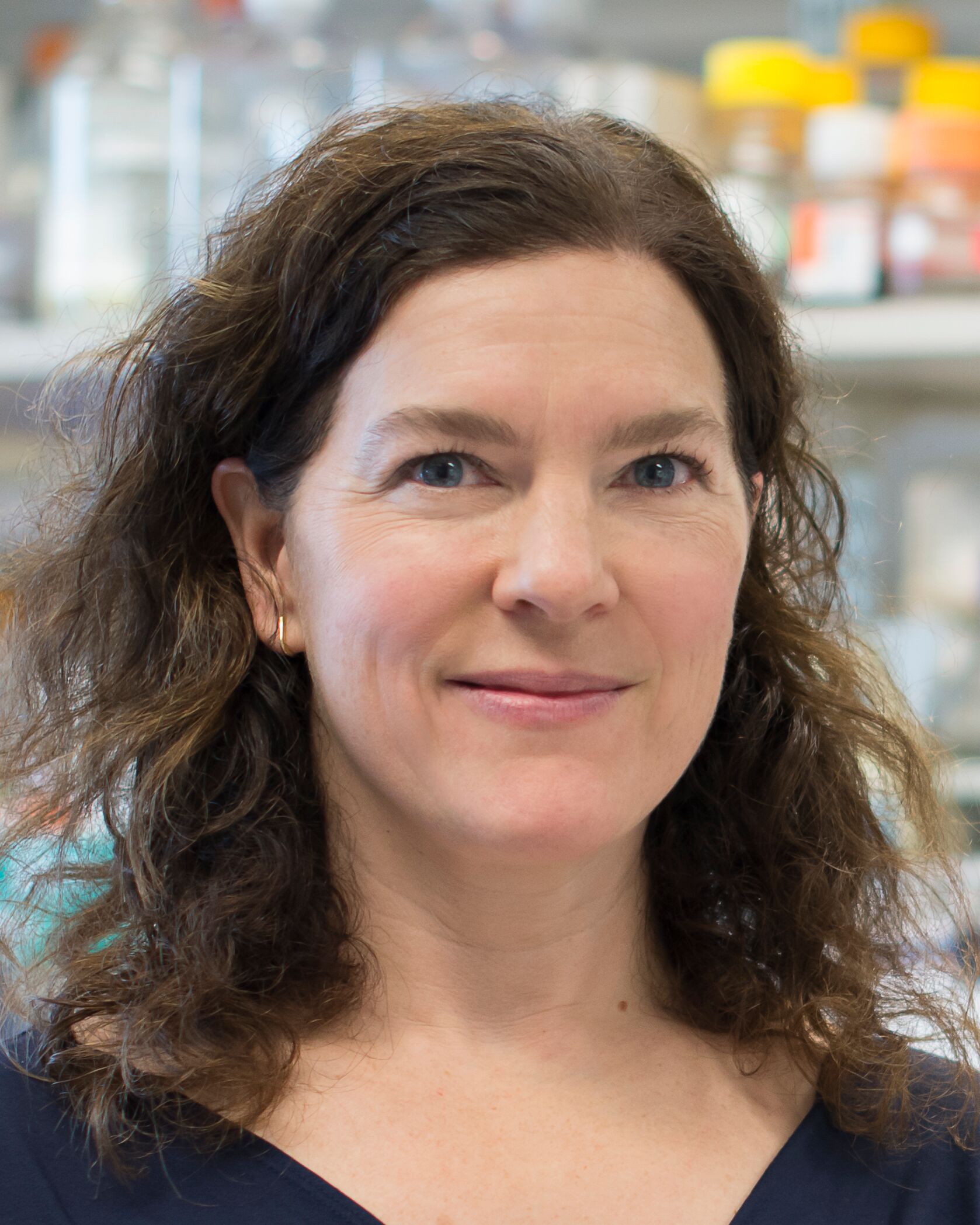
Lisa Goodrich, Ph.D.
Assembly and Function of Auditory Circuitry
Our auditory system allows us to hear the rich sounds of everyday life—music, the voices of friends and family, birdsongs—as well as sounds that cause alarm or signal danger. Crucial to the sense of hearing is the accurate wiring and function of the intricate neural circuitry within and between the ear and the brain. While much has been learned about the cellular and molecular building blocks underlying developmental processes from cell fate specification to synapse formation and refinement, we still do not fully understand how the specialized circuitry of the auditory system arises during development, matures and functions, and exhibits resiliency in the face of stressors or aging.
To learn how auditory neural networks acquire their unique properties and function across the lifespan, the Goodrich lab employs mouse genetics, single cell sequencing, and sensitive anatomical analyses, together with timelapse imaging and physiological approaches. We investigate circuit assembly, maintenance, and function in the auditory system both in the ear and the auditory brainstem. Peripherally and centrally, specific classes of neurons acquire unique genetic identities, physiological properties, and elaborate morphologies and connectivity patterns that are appropriate for their role in the circuit. We are studying how these features develop, from the genetic and epigenetic programs underlying acquisition of spiral ganglion neuron subtype identity, to the development, maintenance, and degeneration of their specialized synapses that ensure rapid and reliable transmission from the inner ear to the brain. Within the brain, we are examining the molecular, genetic, and physiological properties of neurons that receive auditory information from the ear, as well as those that send signals to the ear and shape auditory function and responses to stressors, in part by interactions with the immune system.
Wiley Interdiscip Rev Dev Biol
View full abstract on Pubmed
Cell
View full abstract on Pubmed
Cell Rep
View full abstract on Pubmed
Development
View full abstract on Pubmed
Diabetes
View full abstract on Pubmed
Am J Physiol Endocrinol Metab
View full abstract on Pubmed